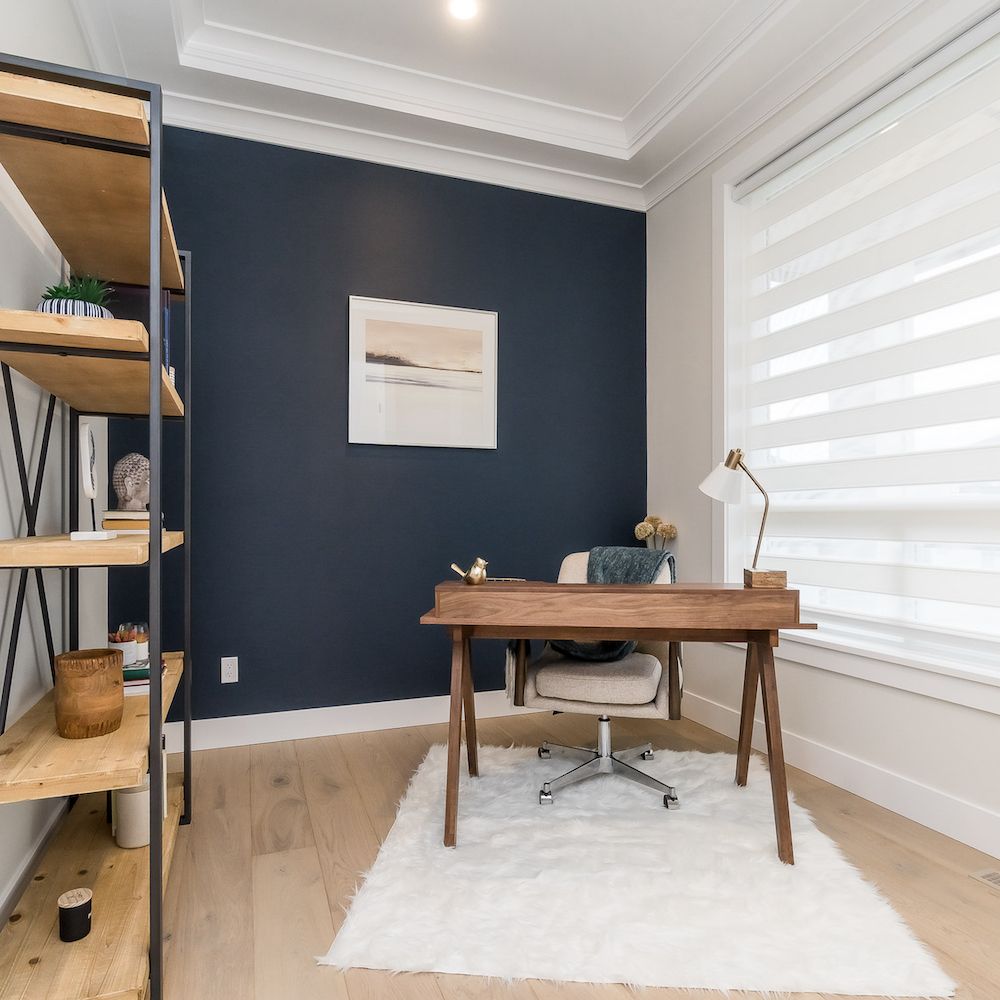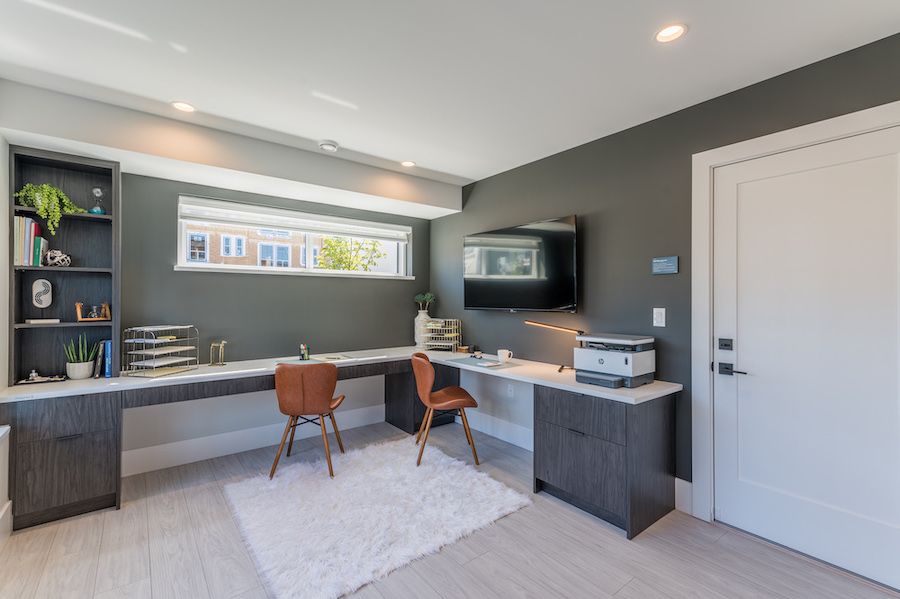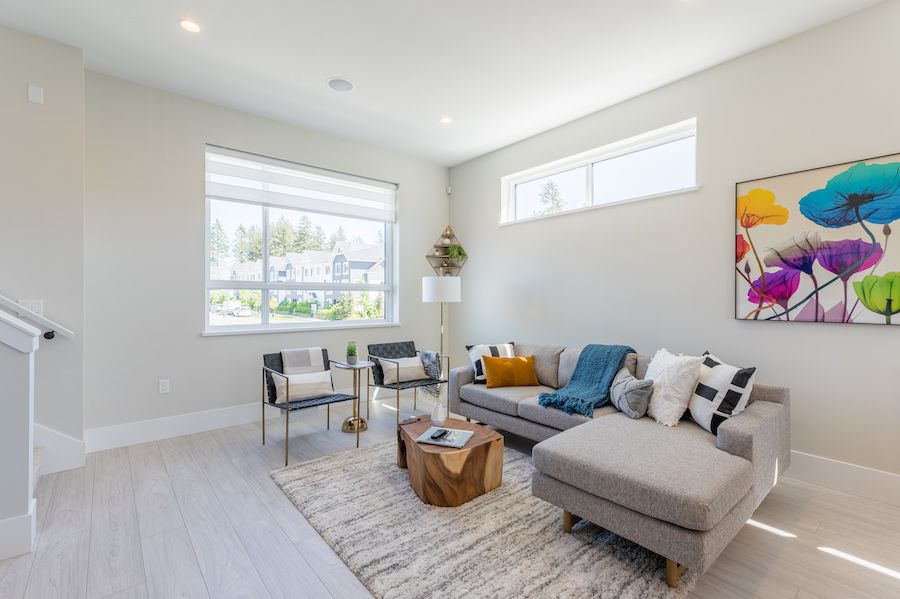
Colour is one of the most important aspects of any room. It’s the visual element that is most obvious and turns a room from a collection of furniture into a thoughtfully designed space. Colour sets the mood of a room and adds flavour. Whether you’re picking a palette for the first time or looking to incorporate colour into an existing space, we’ve assembled a guide for creating the perfect colourful space for your home.
Choosing your colour palette
Choosing exactly which colours to use can feel like a daunting task. Fortunately, there’s a simple method you can use: the colour wheel.
Opposite colours are complementary, while adjacent colours are related. Related colours work together to create a sense of harmony and cohesion in a room. Colours like red, yellow, and orange, or green, blue, and navy work well to form a distinct visual aesthetic.
Your personality and interests can inform your room’s aesthetic, and your aesthetic will inform your colour choices.
Complementary colours like orange and blue serve to bring out each others’ richness. These colour combinations are bold and memorable. They create striking contrast and visual intrigue. If the room calls for it, don’t be afraid to go bold!
You can also try generating a unique colour palette yourself using an online palette generator. Remember that less is more, and too many colours may lessen the visual impact.
If you have one or would like to have one, consider your room’s aesthetic or style when choosing colours. Modern or classic? Mid-century modern or nautical? Farmhouse or bohemian? Your personality and interests can inform your room’s aesthetic, and your aesthetic will inform your colour choices. You may also want to take your home’s location into consideration if you are designing more than one room.

Accent colours
Now, time for the fun stuff. An accent colour can act as a visual through line for a room. Have a colourful piece of furniture you love? You can use that as your accent colour. Have a colour palette ready to go? Designate a colour to be your accent. Your accent colour will typically be the darkest value.
A great way to utilize an accent colour is through an accent wall. Accent walls are great at breaking up a space and allowing for fun design choices. A smaller wall will create a niche, while a larger wall will be more noticeable. If bold accent colours aren’t your style, choose a colour darker than the one you’ve chosen for the rest of your walls.
A handy tip to keep in mind is the 60-30-10 rule: Your main colour should occupy 60% of the room, secondary colour 30%, and your accent colour should take up 10%. This will help create balance and ensure that colours aren’t competing for attention.
By judiciously placing decorations in line with your accent colour, you can tie your entire room together.

Places to incorporate colour
There are tons of different places to incorporate colour throughout a room. Textiles, such as throw pillows or blankets, are a tried and true go to. These are functional, simple additions that grant you plenty of opportunity when it comes to colour and pattern. Have fun and experiment to see what looks best!
Rugs are a fantastic way to add colour to any floor. They create a feeling of coziness in a space and add texture to any flooring. They’re also a great way to highlight a room’s aesthetic. Experiment with different patterns to create mood and depth.
Ornaments and vases are a fun touch to add to a room. The best part about these is the freedom you have in placement. Place these on the coffee table, dining table, counter, or desk to add bursts of colour anywhere.
Lampshades can also add bright colour to a space, compounded by the fact that they are sources of light which will cast the colour of the lampshade onto the surrounding area. This is a great opportunity to showcase your accent colour.
Wall art is a fantastic way to add shapes and colour to a room. Try bringing in a large piece to add visual intrigue, or incorporate a few smaller pieces for a similar effect.
Chairs, barstools, and other seating allow for more opportunities for colour. Colourful velvet armchairs are currently in fashion and for good reason — they’re a fantastic way to brighten up any area and make for a nice spot to unwind.
Plants
Not only do plants add colour, but they also add a feeling of cleanliness and natural serenity to a room. Flowering plants such as anthuriums or orchids will add bright colours, while cala lilies and kalanchoes will add elegant and crisp whites. Snake plants and succulents add subtlety, while indoor vine plants create a whimsical mood. All plants are fantastic for freshening up a room and adding life (literally!).
In closing, colour can be used to define a room’s aesthetic and create visual interest. In a world where minimalism is king, don’t be afraid to add some vibrancy to your space! We hope you’ve learned some new tips and are keen to embark on your colour journey.